The winter favorite makes a comeback.
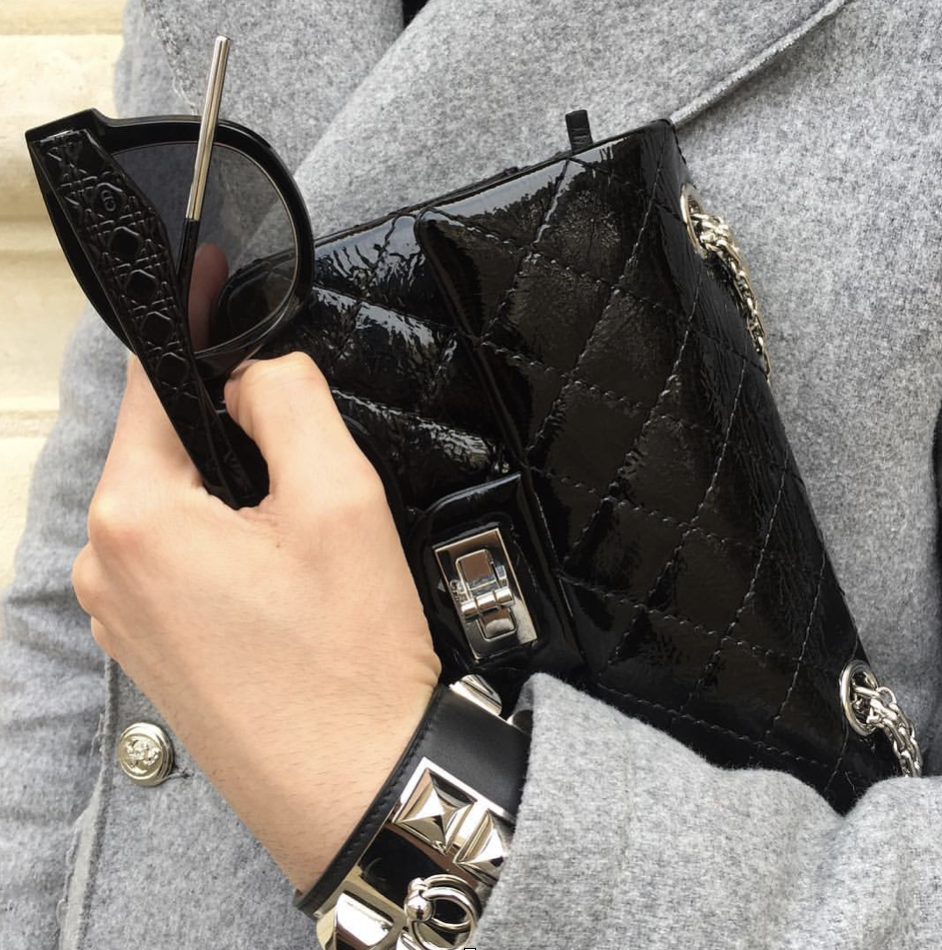
Photo courtesy of @thebirkinboy
2023 was the year of quiet luxury, there’s no doubt about that now. And 2024 doesn’t look to be much different. Judging by the perpetual hush-hush around Loro Piana, the knowing exchanges between Philophiles, and the ongoing hype around #NewBottega… the trend shows no signs of slowing down anytime soon either. But hey, that shouldn’t stop us from indulging in a bit of bling, right?
After all, we luxury-lovers are just like the foraging magpie – always on the hunt for a shiny new trinket to add to our nest. And boy is this nest (i.e., our darling collection of Chanel’s delectable flaps) never full(!). Indeed, the fervor around them has only intensified as the house’s selling tactics become increasingly restrictive.
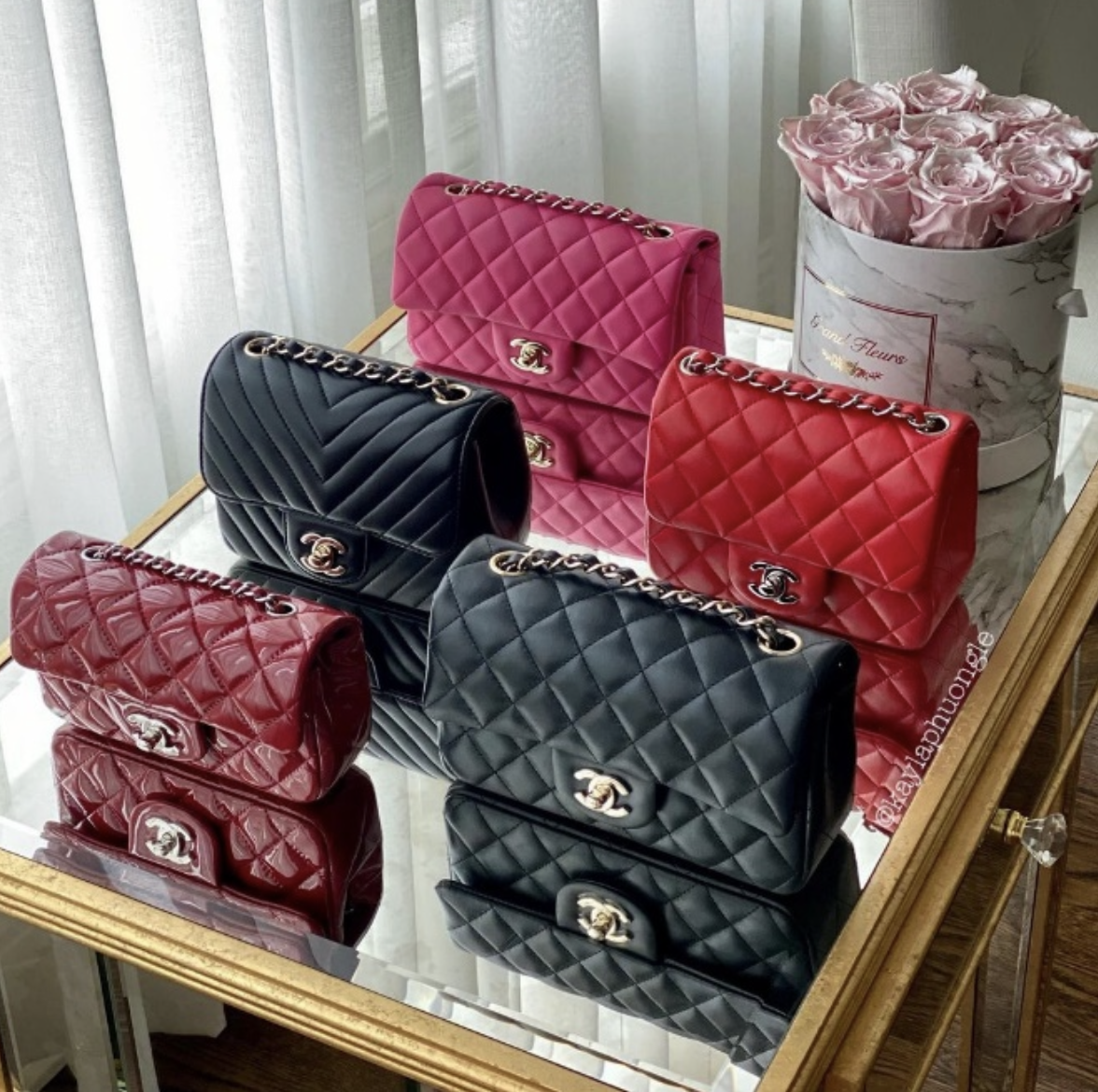
No Chanel collection is complete without patent. Photo courtesy of @kaylaphuongle
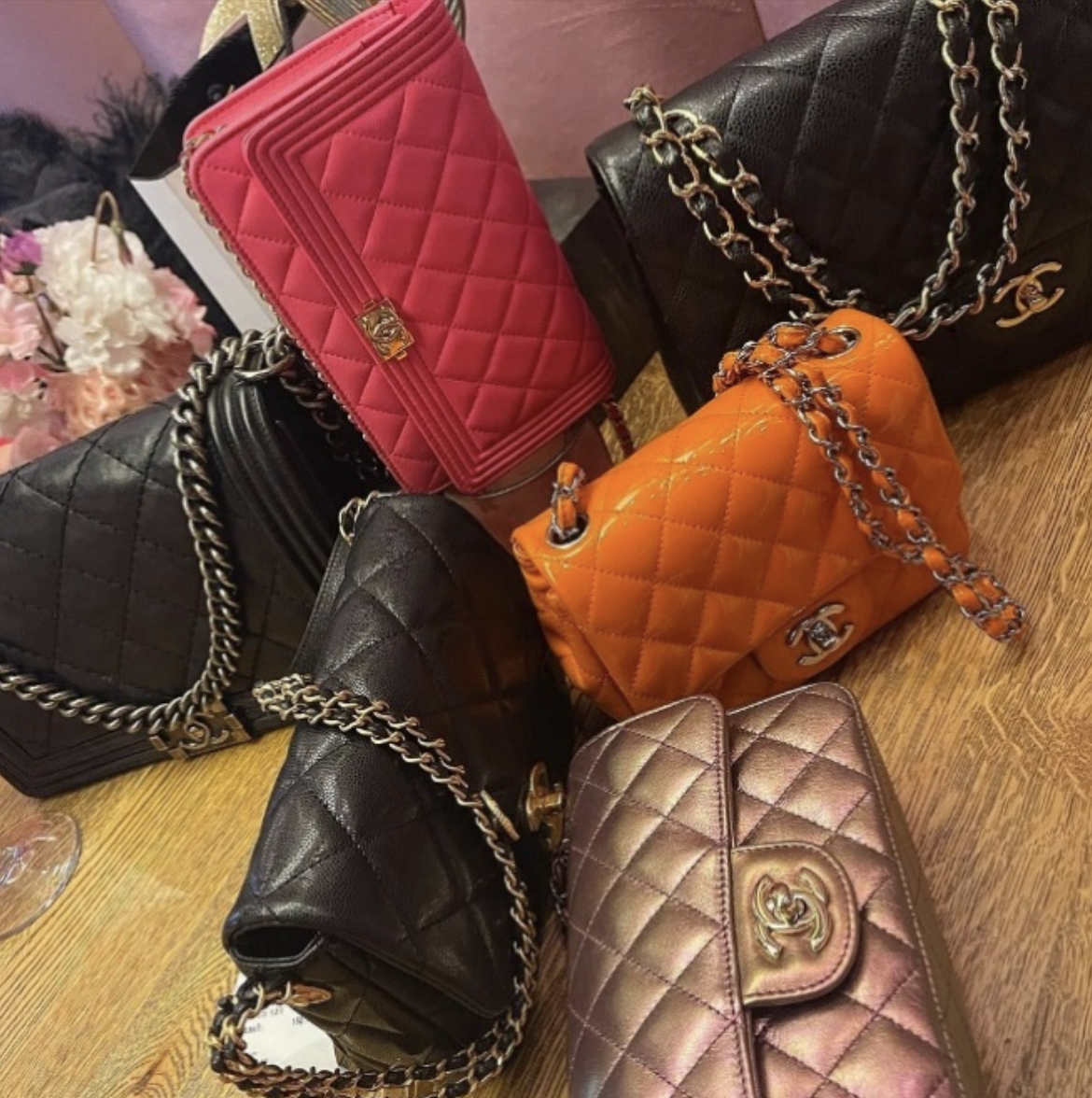
Photo courtesy of @maxime.laat.luxe.tassen.zien
Yet, one fabrication of the Classic Flap in particular seems to have suffered from a bit of a bad rap over the decades – the patent leather pieces. Prey to concerns concerning durability and seasonality, these glossy reproductions of the iconic Coco have unfortunately fallen rather behind on the wishlists of many a fashionista.
But like it or not, patent has been making a major comeback over the last few seasons. And it is, therefore, with glistening eyes that we embark upon an investigation to answer the ultimate question – is patent Chanel worth it?
The Prelude to the Patent
Leather has been around for a fairly long time (to be more specific, probably since the Stone Age). Its patent counterpart, by comparison, is a fairly new invention. Indeed, the first records date back to 1793 when a certain Mr. Hand of Birmingham, UK, was accredited with the creation of a “flexible leather having a glaze and polish that renders it impervious to water and need only be wiped with a sponge to restore it to its original luster.” The name patent leather stems from the process of legal recognition by the patent office – it really has nothing to do with the making of the fabric.

The patent Lady Dior was a favorite of Princess Diana’s. Photo courtesy of Vogue
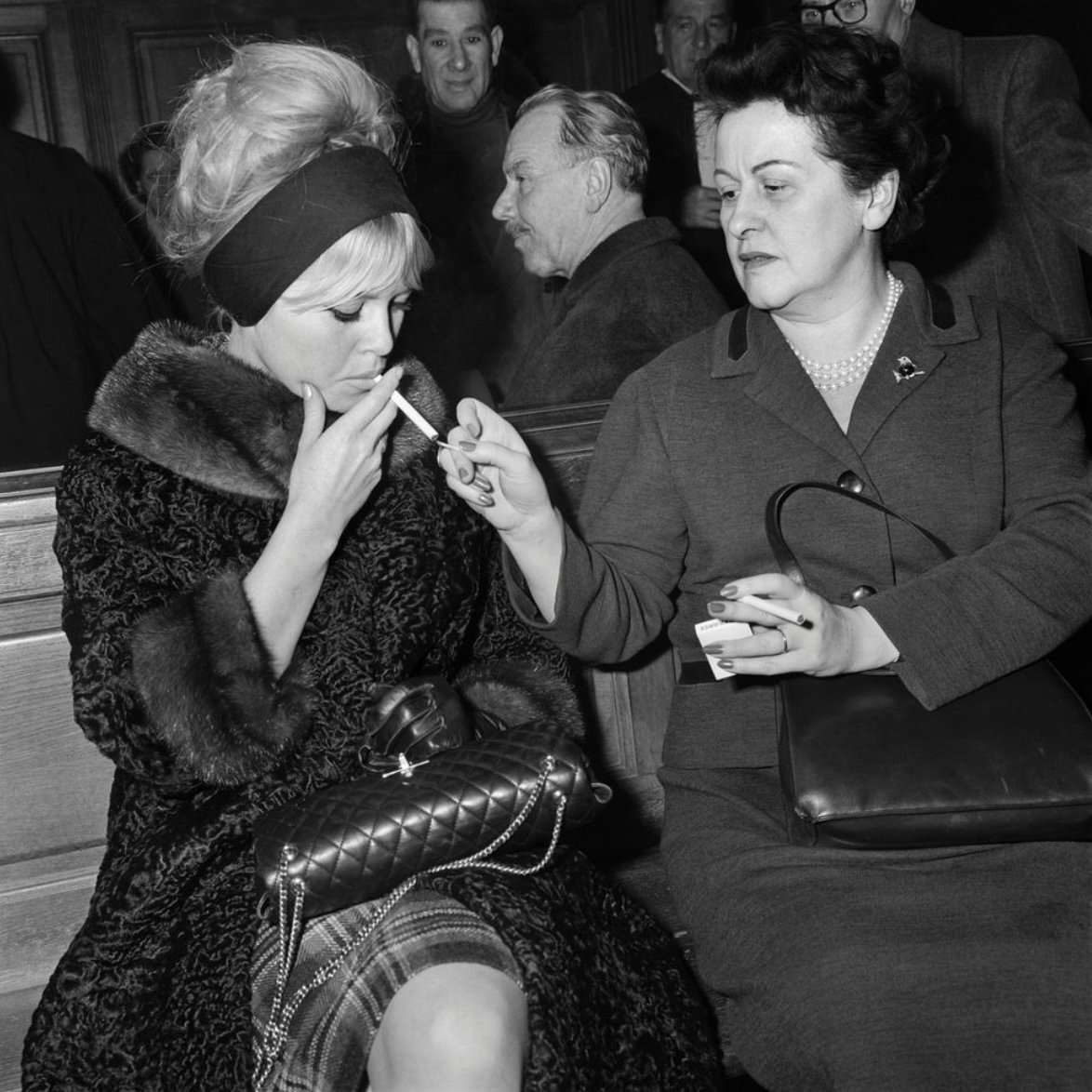
Brigitte Bardot is seen with an early Chanel Flap. Photo courtesy @harpersbazaar.
In 1818, Seth Boyden of New Jersey brought home a sample of patent leather he’d come across in Germany, reverse-engineering his way to determine its ingredients. As a result, several different formulations of the lacquer-coating were subsequently devised (such as linseed oil and even whale oil!), until the mid-1900s when polyurethane (the dreaded PU) allowed it to be manufactured cheaply. This saw the rise of glossy patent dress shoes in the 50s, and soon after, handbags as well.
All That Glitters is… Chanel!
While it’s rather difficult to pinpoint exactly when the House of Coco began experimenting with patent in its lineup, our best guess is sometime in the late 80s. Plus, there are quite a few vintage pieces floating on the internet dating back to the early 90s, indicating patent had already become a collection mainstay by that time.
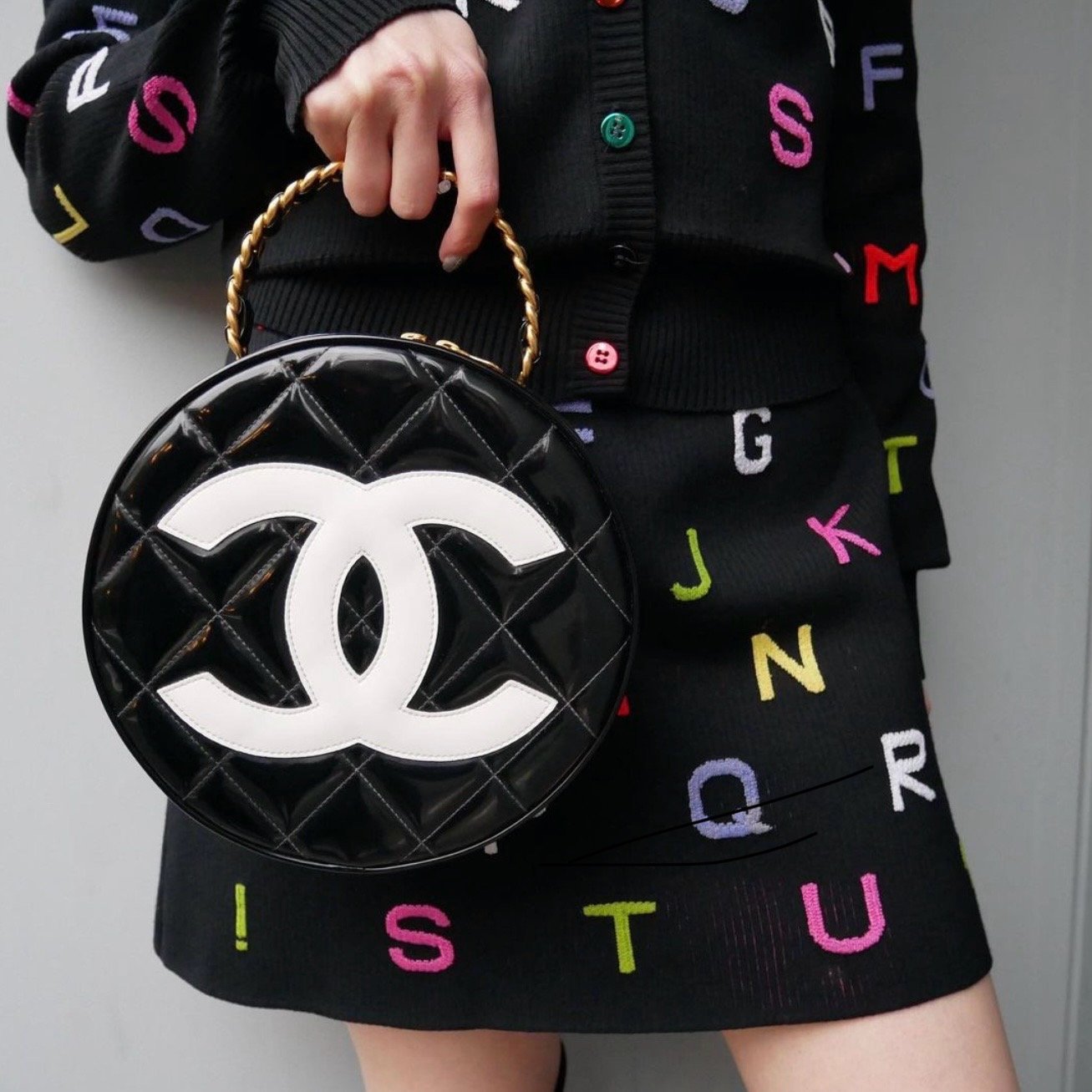
Vintage patent Chanel. Photos courtesy of @amore_tokyo

Photo courtesy of @missyanacherie
And ever since, the style has resurfaced fairly frequently, transcending the Classic Flaps to encompass the Boy Bag, the Grand and Petit Shopper Totes (RIP), the Y2K-favorite Coco Cabas, and Chanel’s extensive array of vanity cases, with both calfskin and lambskin iterations providing fans far more options to choose from.
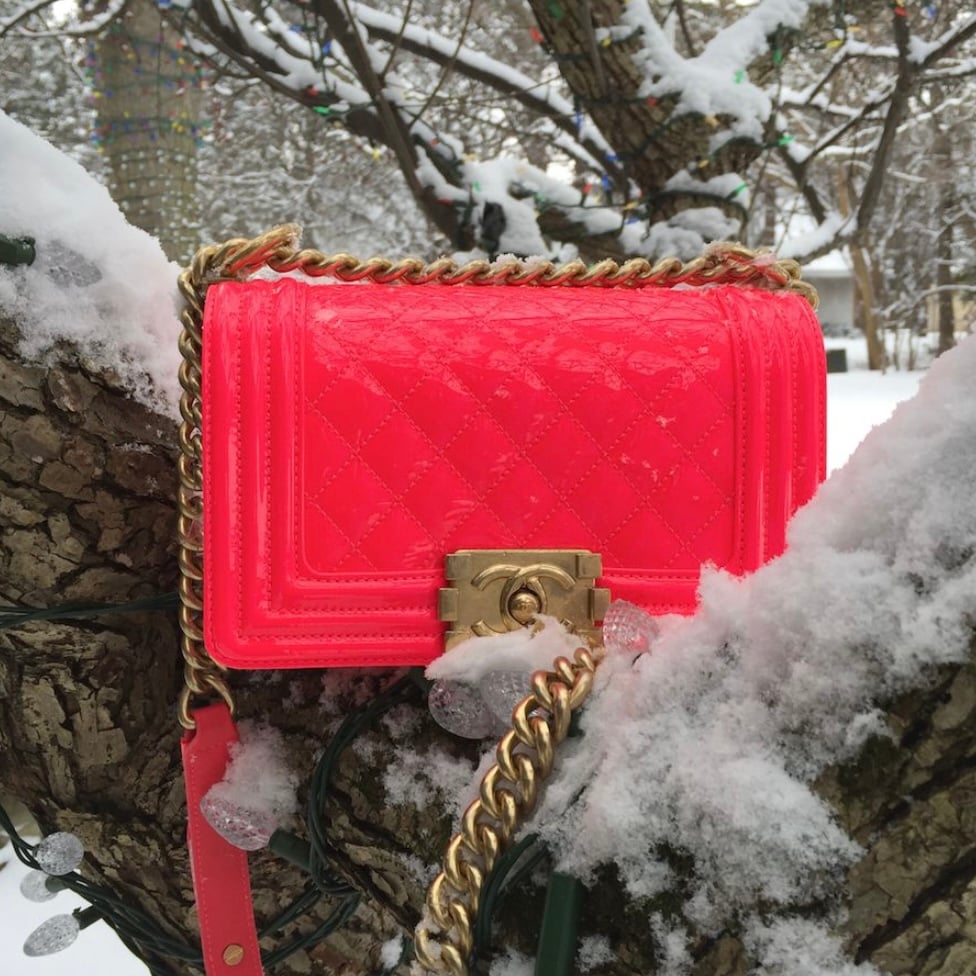
Patent leather and cool weather goes hand in hand. Photo courtesy of @pursebop
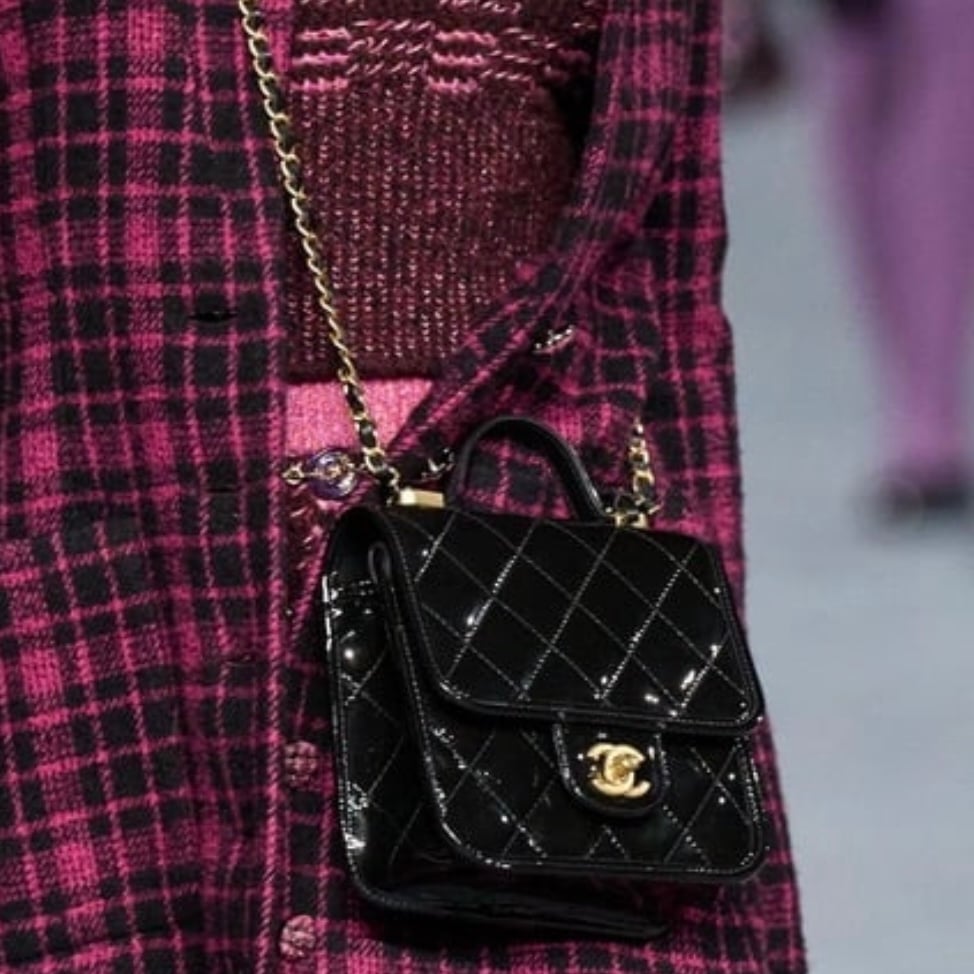
Photo courtesy of @vogue
Surprisingly however, even though the high-shine texture has reared its shiny head across many an iconic runway show – to the point where the late Mr. Lagerfeld seems to have had quite the fondness for it – it has not historically been as well received by Chanel aficionados as one might imagine.
Rather, traditionally deemed appropriate exclusively for the cooler seasons, patent has always had a polarizing element to it – you either love it, or hate it. How has it managed to induce such strong feelings in the first place?
Opening Pandora’s (Patent) Box
Well, patent leather certainly isn’t for everyone. Its high-gloss, high-glam exterior makes it a true showstopper – far from your average “stealth wealth” cup of tea.
This shine is achieved by coating a generally thin piece of leather with a layer of polyurethane lacquer and/or vinyl. It only makes sense, therefore, that brands would choose to avoid using the highest quality leather as the patent’s base, since any and all grain characteristic to the leather is required to be buffed out, and lost.
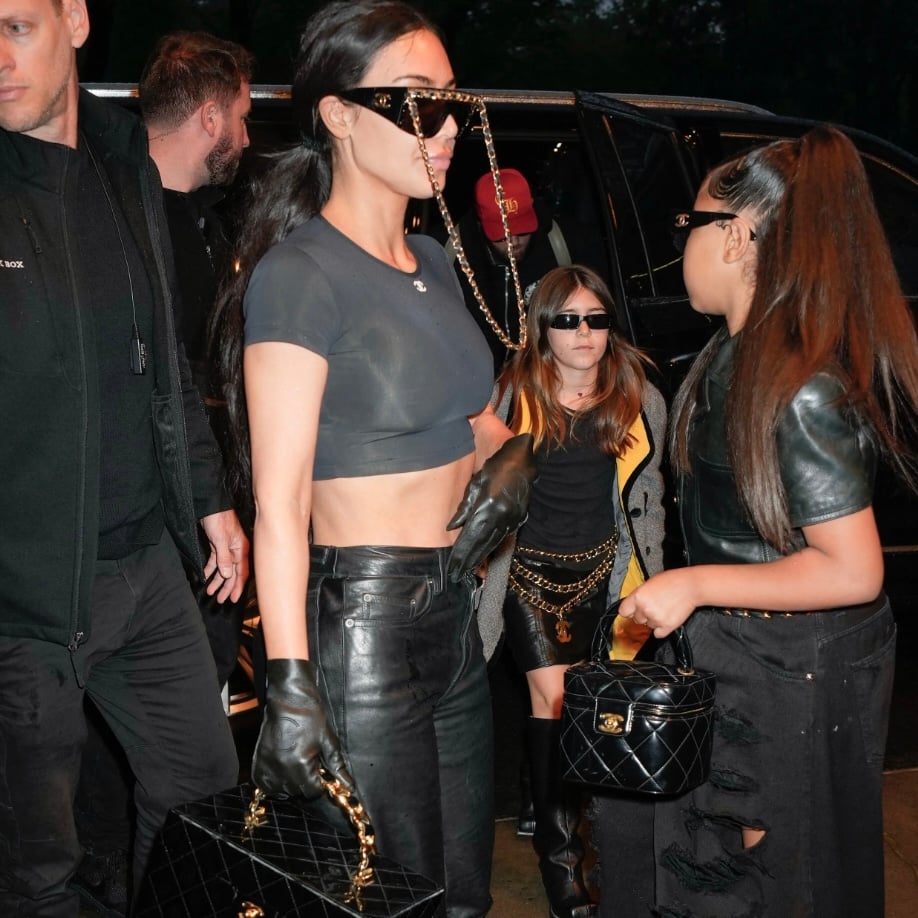
Kim Kardashian & daughter North West with patent Chanel vanity cases. Photos courtesy of Vogue
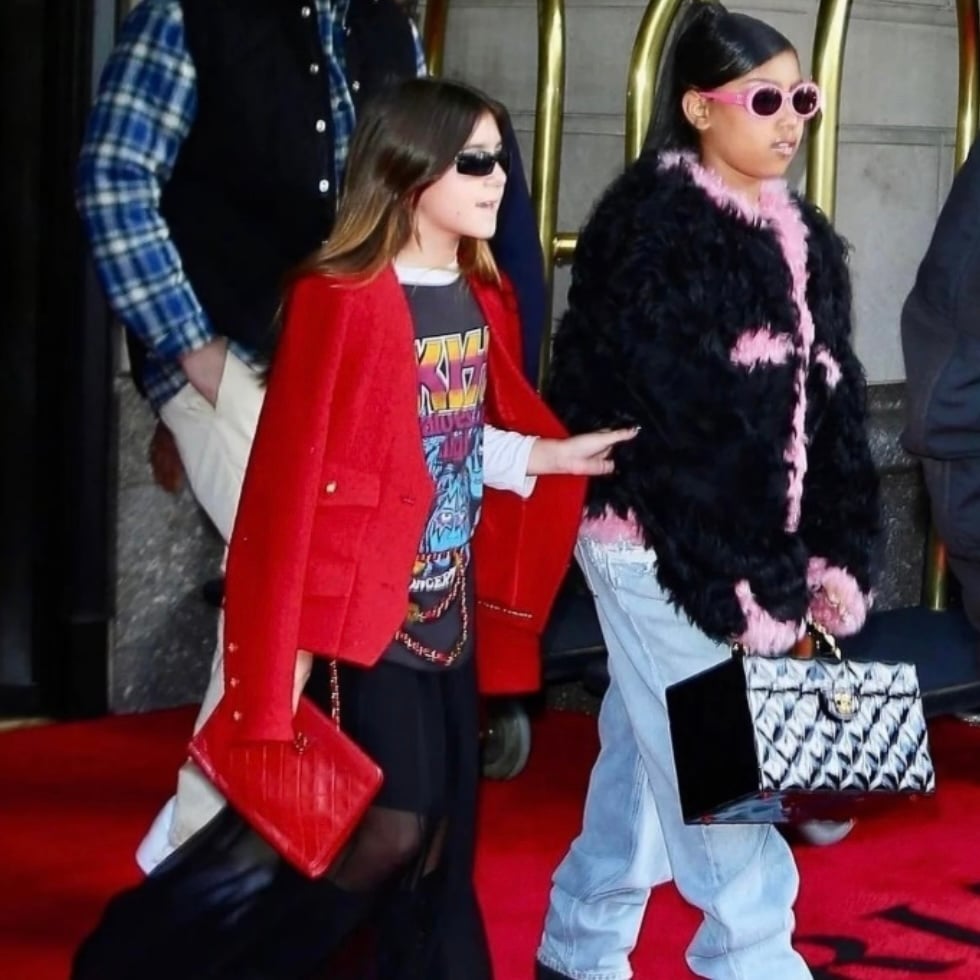
Penelope Disick & North West. Photo courtesy of @northwest
As a result, while the patent flaps are likely to be more structured, lightweight, water-proof, and scratch-resistant compared to Chanel’s lambskin, or even caviar offerings, it’s at the expense of a far inferior grade of leather. Of course, that also makes patent pieces relatively more affordable. Just saying.
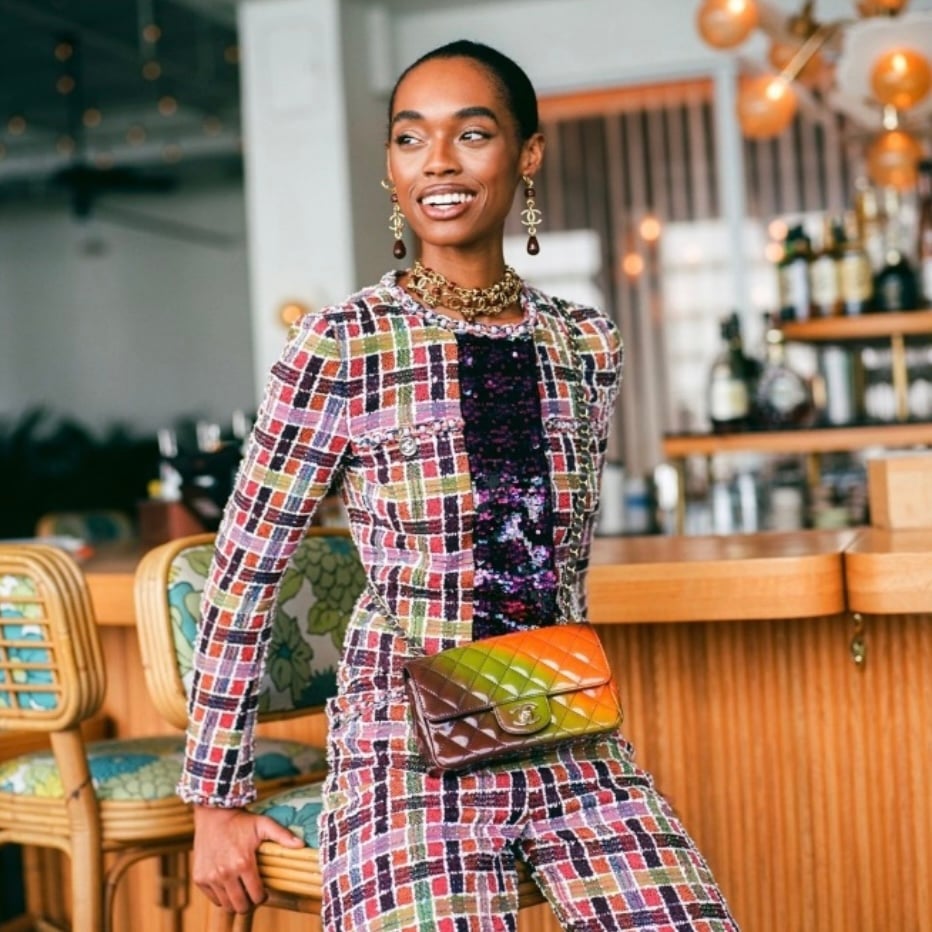
Patent leather lends itself to amazing colorways, such as ombré. Photo courtesy of @balharbourshops
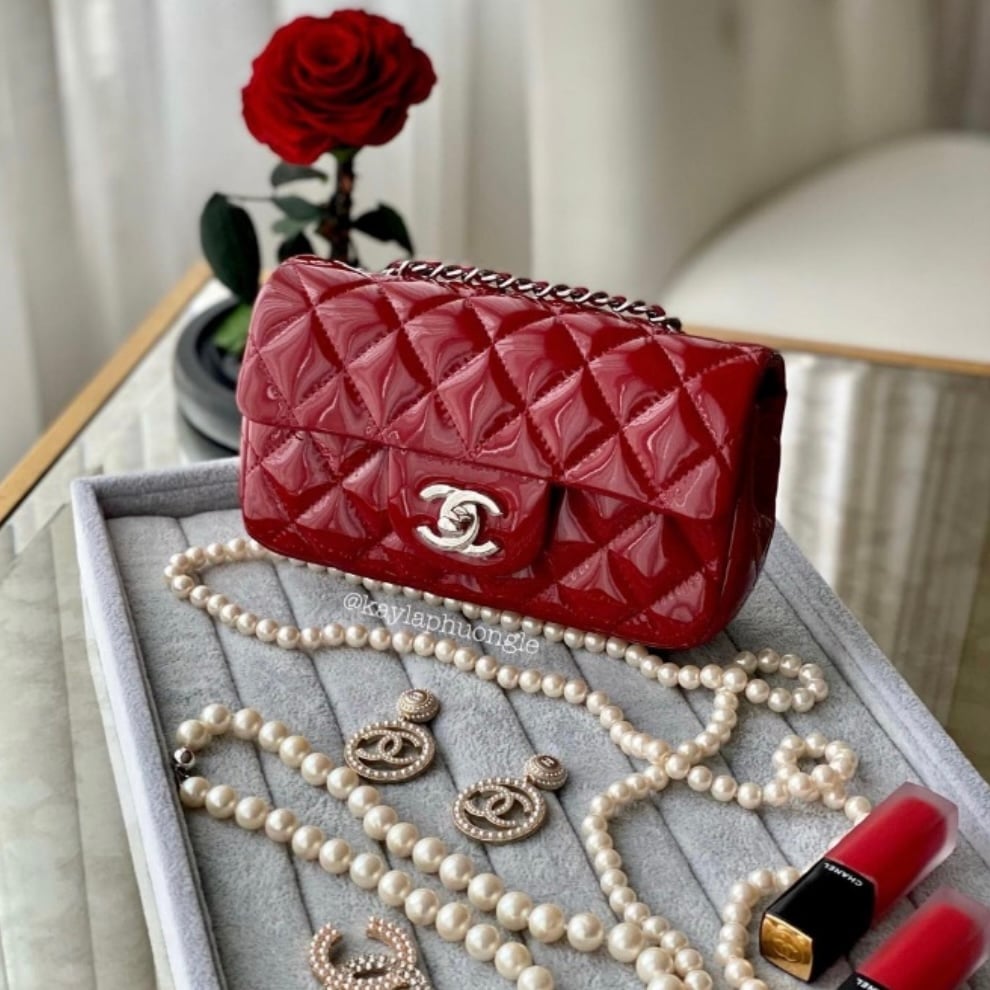
Photo courtesy of @kaylaphuongle
But wait! Before you go traipsing off to the resale market for a new shiny egg to put in your basket, it’s worth noting that patent leather brings about certain durability concerns too. Lighter colorways of the material, for instance, have been known to undergo yellowing over time. Additionally, exposure to direct sunlight, or particularly humid climates, can cause the lacquer-coating to disintegrate, and turn sticky, or even crease and crack over time! And if that weren’t worrisome enough, patent is vulnerable to a rabid case of color-transfer as well – so goodbye denim!
The Mini Patent Care Guide
By now, it’s clear that patent leather isn’t as invincible as we might have presupposed. It’s quite the opposite, in fact, and this process of gradual degradation of the lacquer is sometimes inevitable, and almost completely irreversible (although for the most part, due to use and abuse).
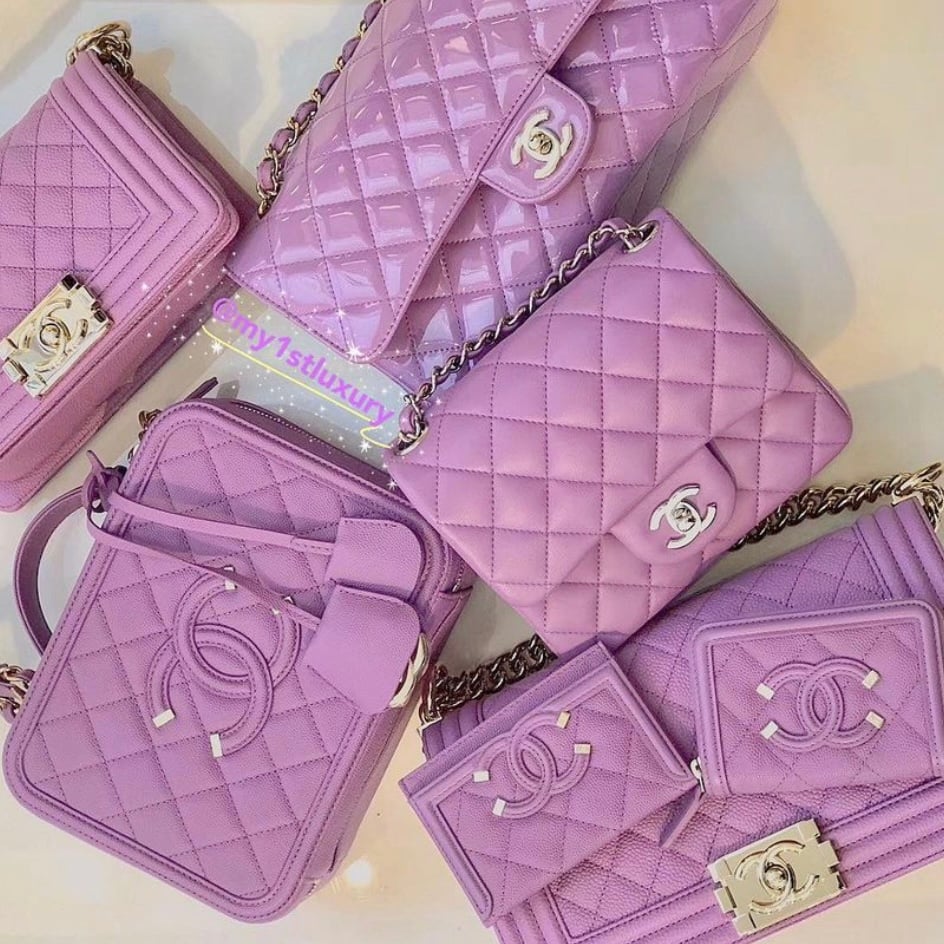
Photo courtesy of @my1stluxury
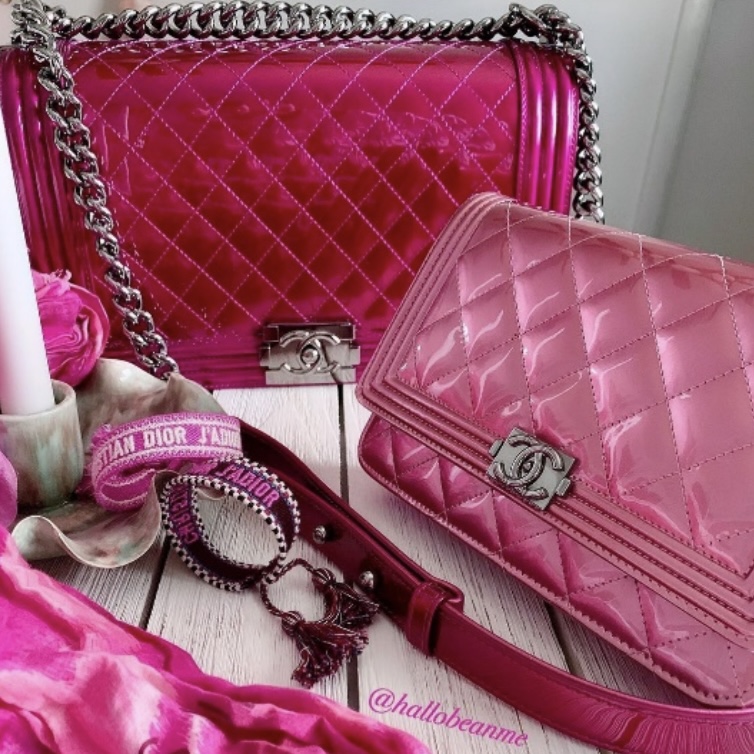
Photo courtesy of @hallobeanme
As the good handbag-citizens we are, however, we can still try and prolong the lives of our bedazzling beauties with rigorous care routines (via leather mousses, for example) and frequent wipe-downs. More importantly, patent leather (like most of our treasured purses in hindsight) simply stipulates low humidity storage, and careful usage. It is, after all, the little things that prevent the bigger catastrophes!
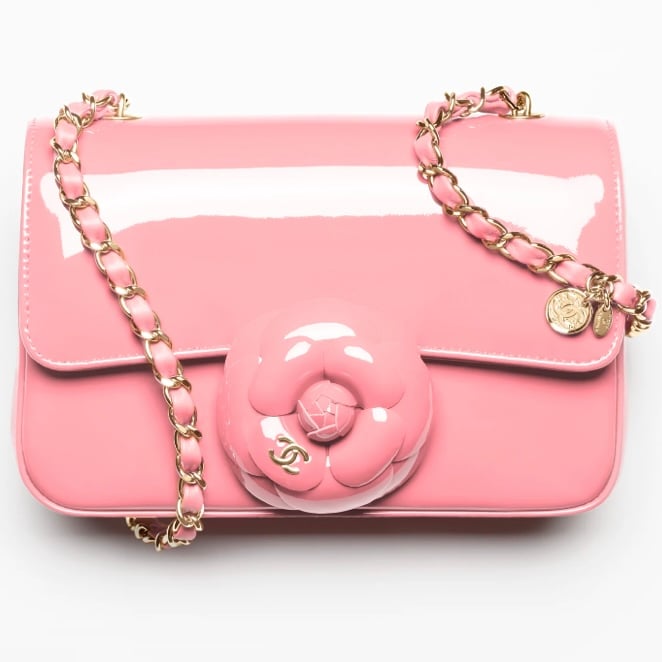
The Chanel Camellia Flap Photo courtesy of Chanel.com.
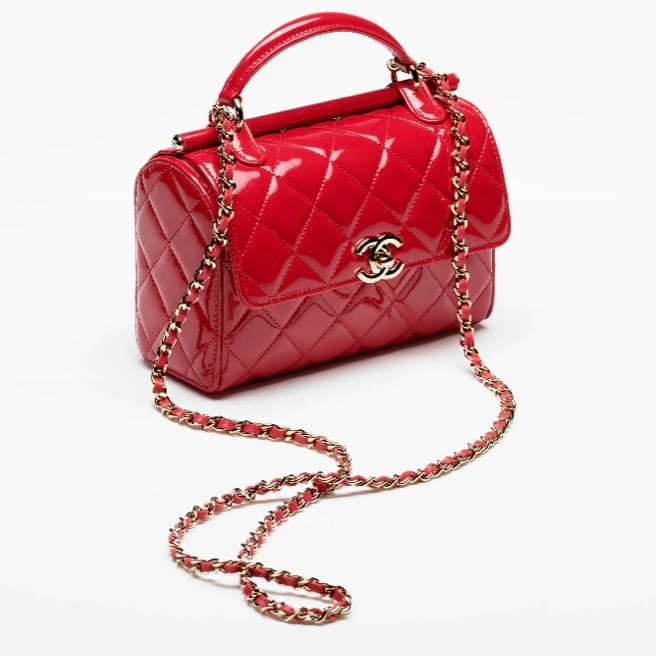
The Chanel Patent Box Bag. Photo courtesy of Chanel.com.
The Renaissance of Patent Chanel
So, if you’re looking for a vote of confidence to get your hands on a patent Chanel, by now you’ve realized that there isn’t really much to go by; what with the durability concerns in the long run, and the resulting dent in their resale value.
In fact, owing to the decline in popularity of the patent pieces, they disappeared almost completely from the brand’s runways over the latter part of the 2010s, as Ms. Virginie Viard took over the creative reins following Mr. Lagerfeld’s passing.
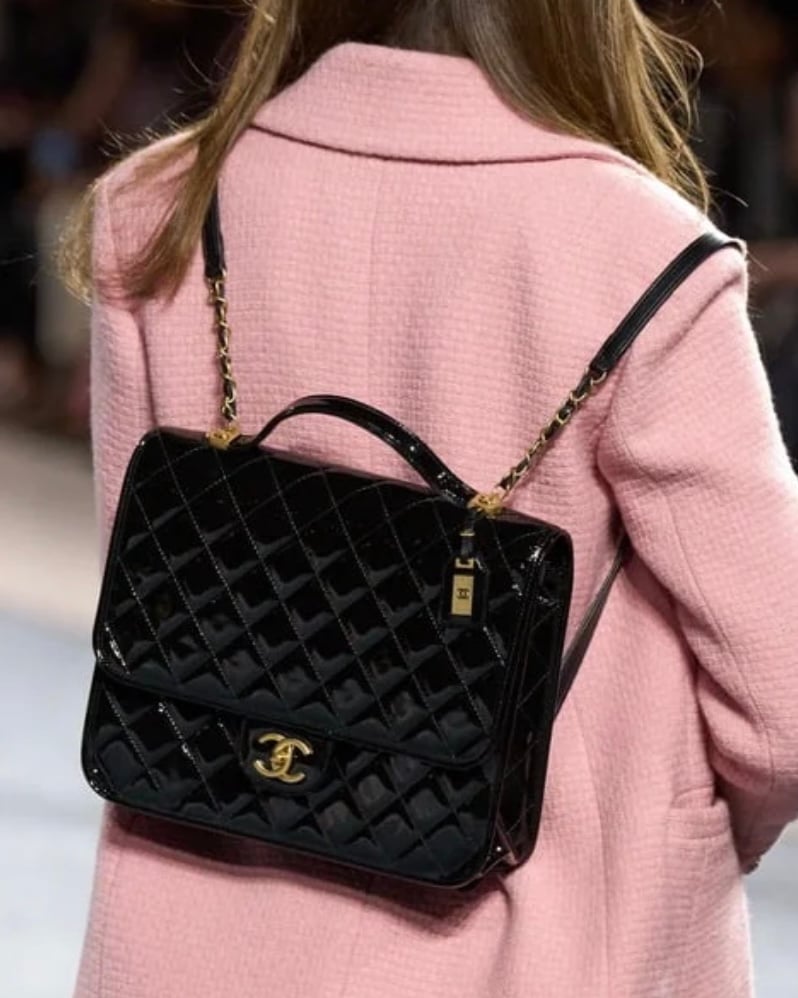
The all-new patent Chanel backpacks Photo courtesy of @vogue
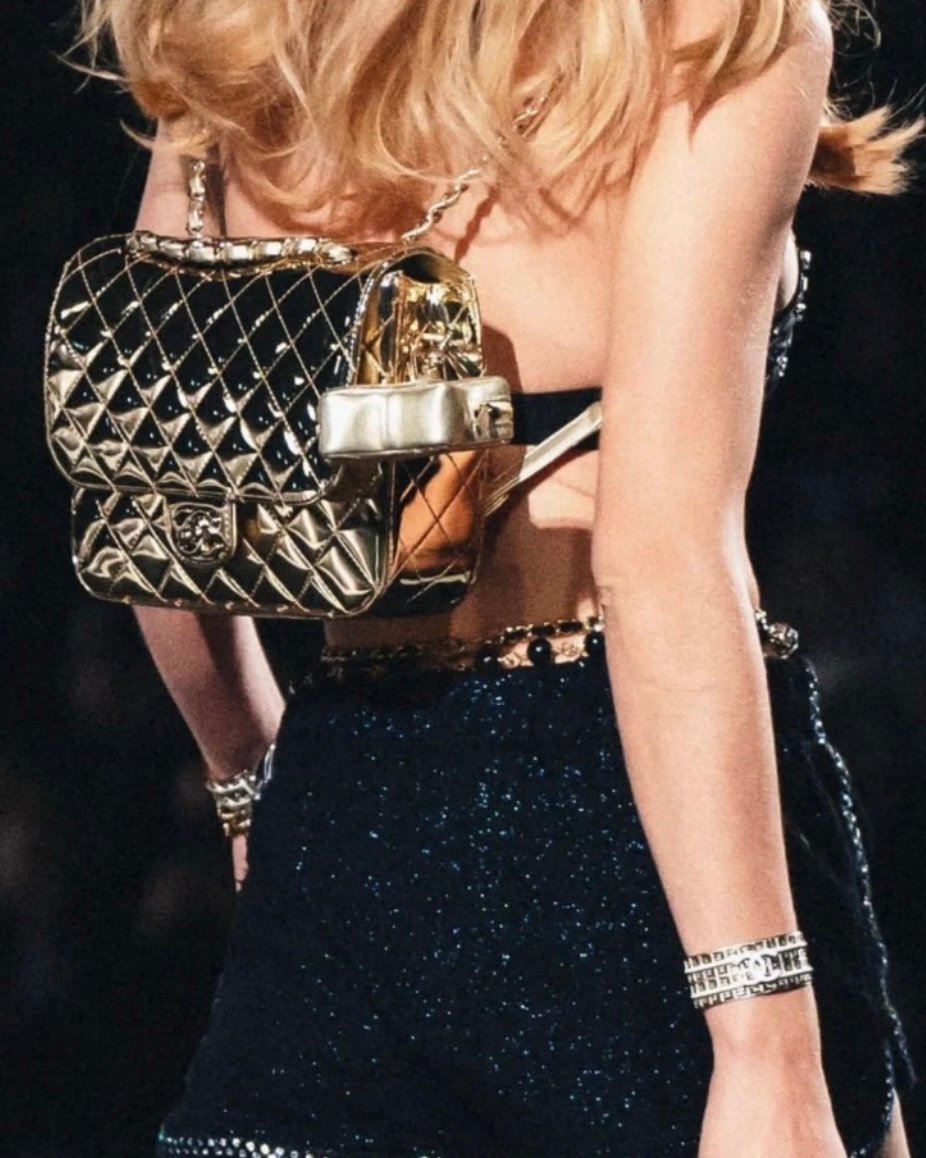
Photos courtesy of @chanel
To the surprise of exactly no one, however, fashion is cyclical. What’s old is new again, what was small is big again. And it is in this fickle fashion that Chanel’s Fall/Winter 2022 collection debuted a boxy patent backpack that had the fashion girls swooning. In quick succession came Cruise 2024, with yet more renditions of the coveted backpack, the patent Camellia Flap of Fall 2023, a brown top-handle for Mètiers d’Art 2023/24, and most importantly, the trend towards Barbiemania. All of this firmly put putting these shiny creations, both new and vintage, back on the style map!
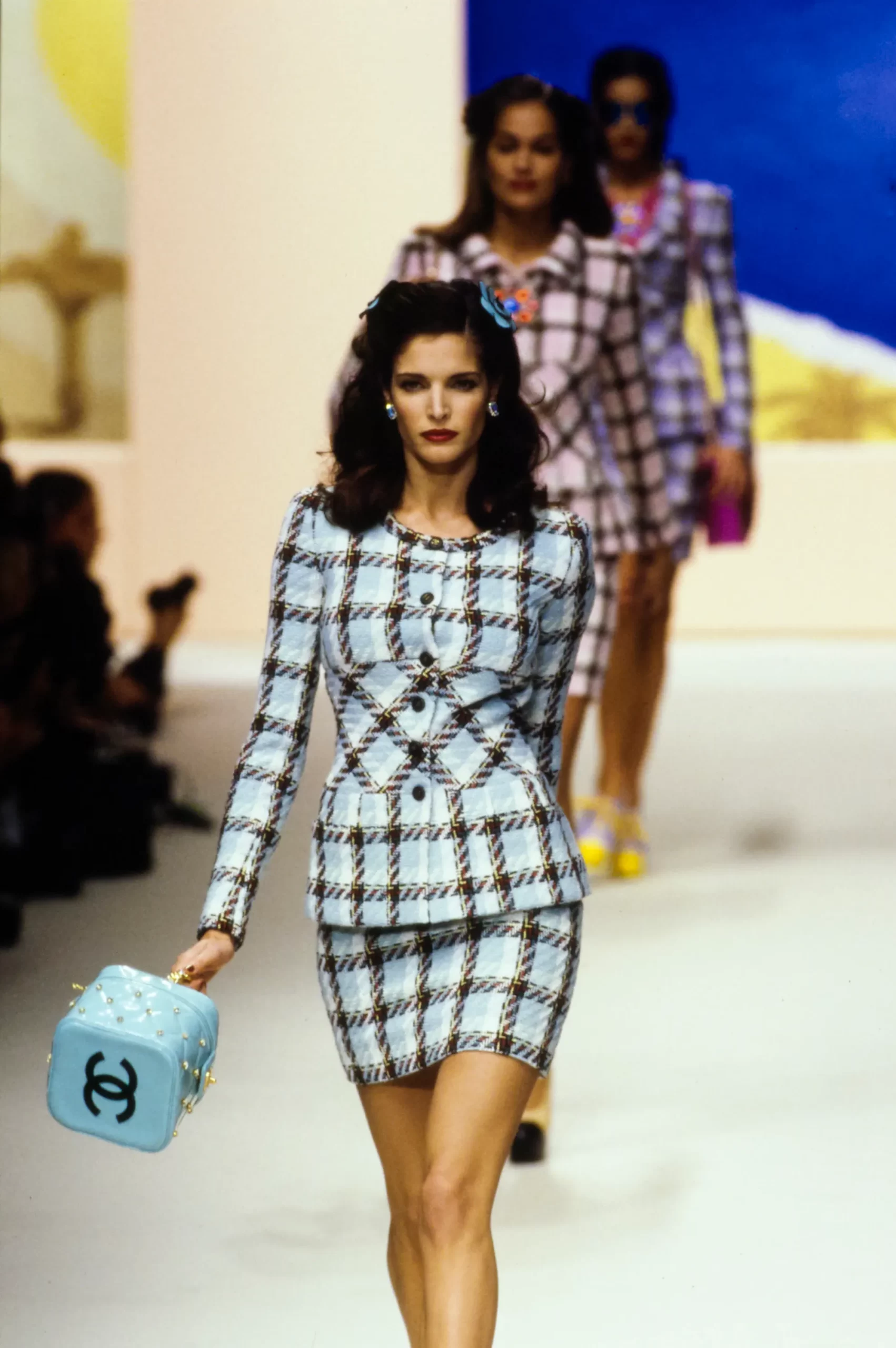
Patent vanity case from the 1995 Chanel “Barbie” collection. Photo courtesy of Vogue
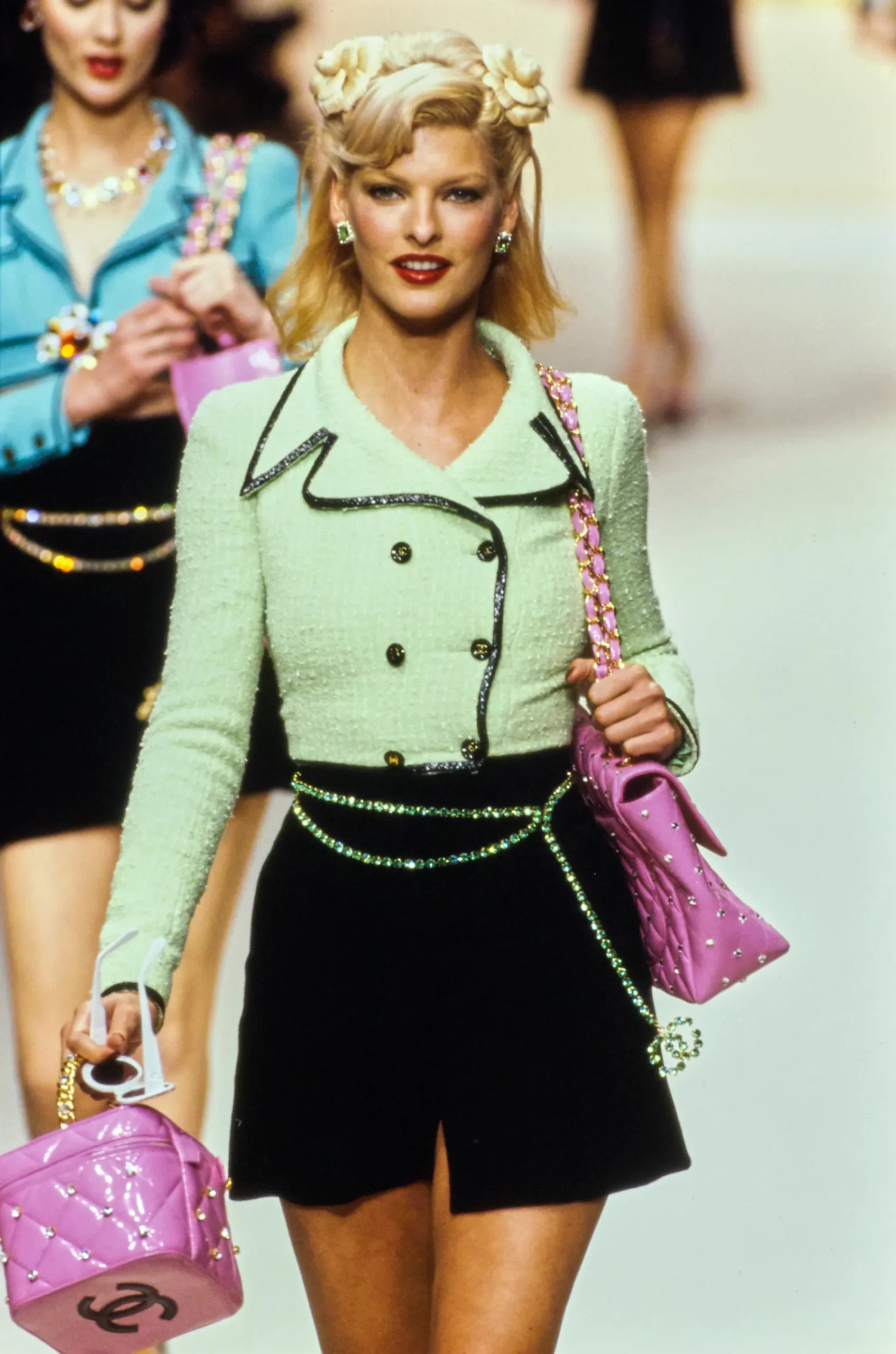
Chanel Spring 1995. Photo courtesy of Vogue
Subsequently, patent Chanel has become a statement of rebellion. Be it in hot pink, classic black, or neutral beige; as an iconic flap, an oh-so-cool backpack, or an eye-watering vintage Heart Bag, they’re the insignia of individuality, of Chanel reborn.
Among oodles of women, all schlepping the same old styles, carrying a showstopping high-gloss number is a surefire way to stand out. Of course, that doesn’t make a patent Chanel bag any safer, or for that matter, any better of an investment. But then again, must we always play it safe?
Updated: January 23rd, 2024



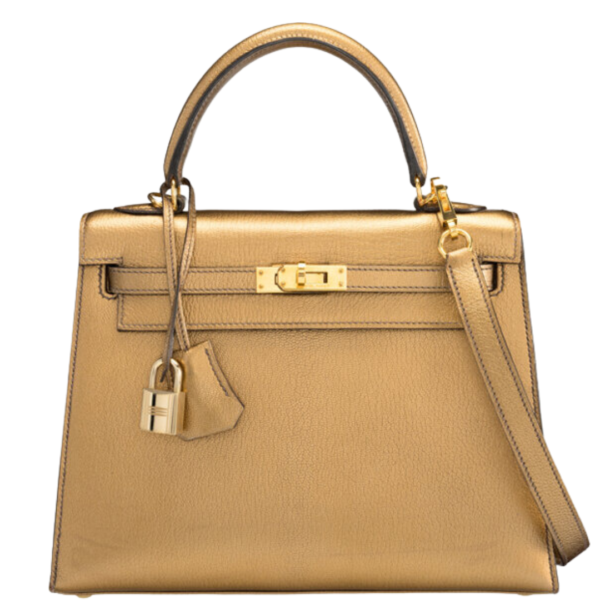
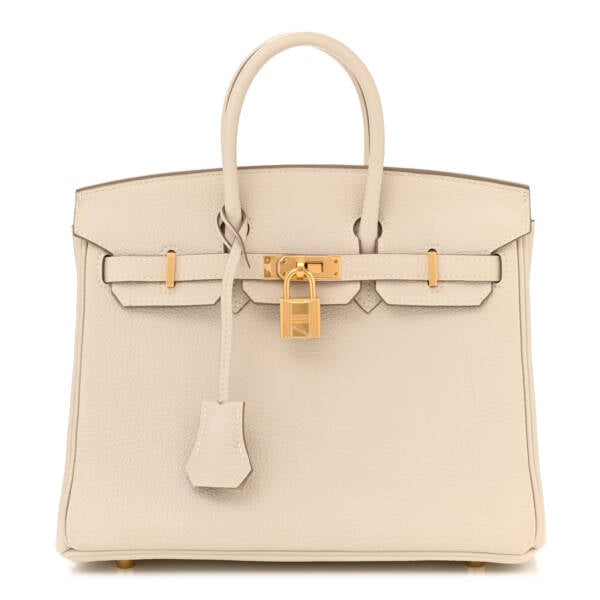
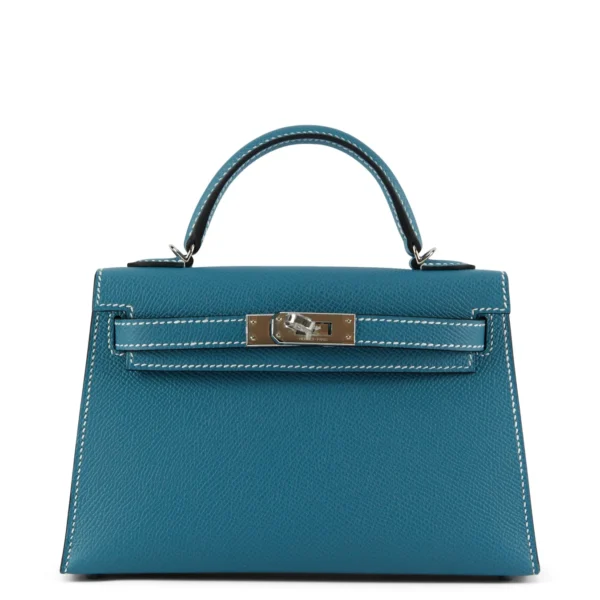
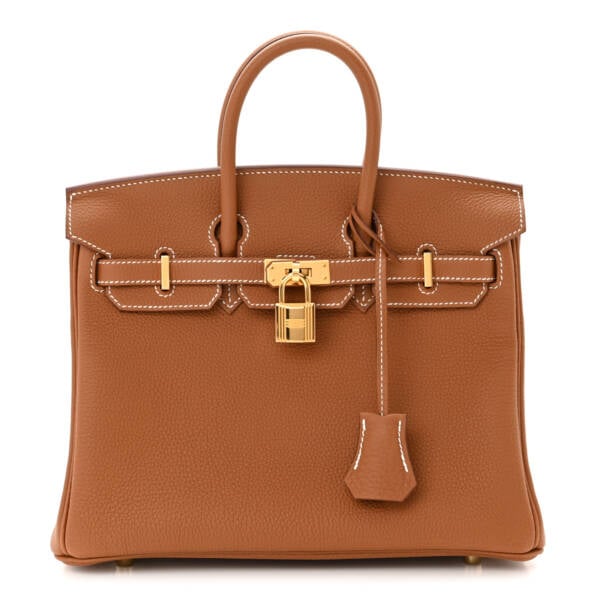
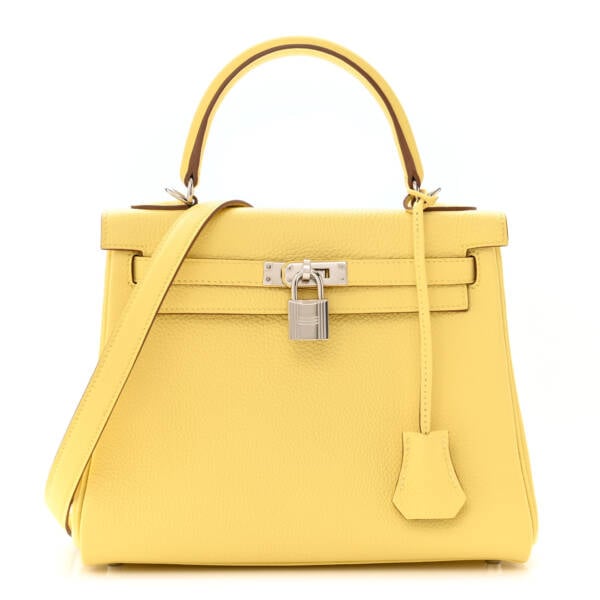
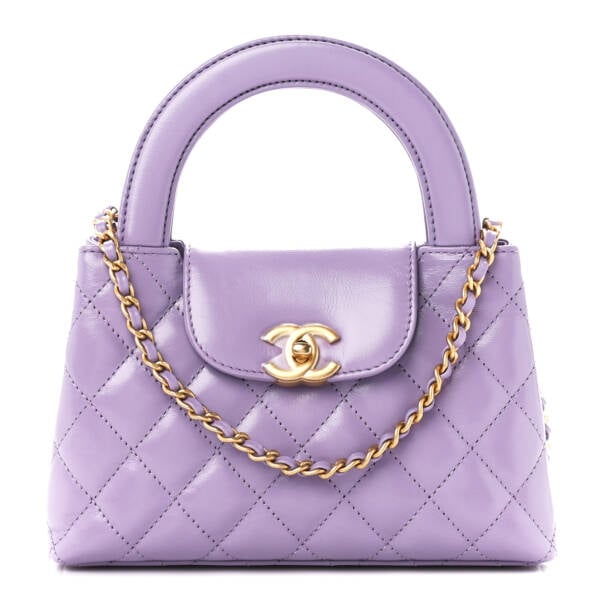
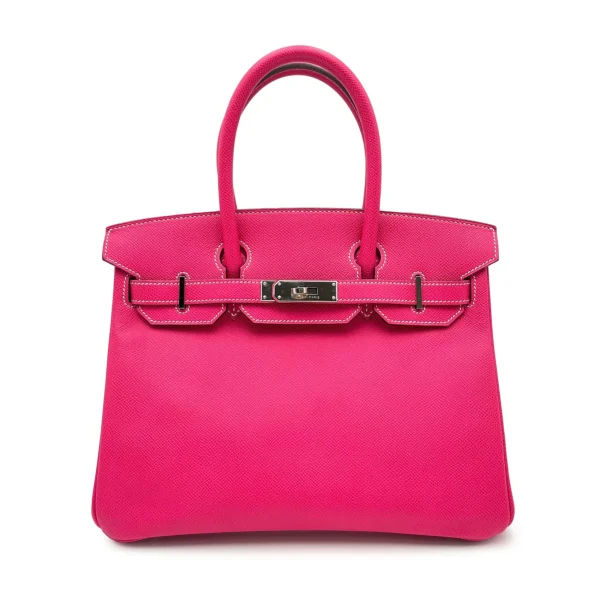
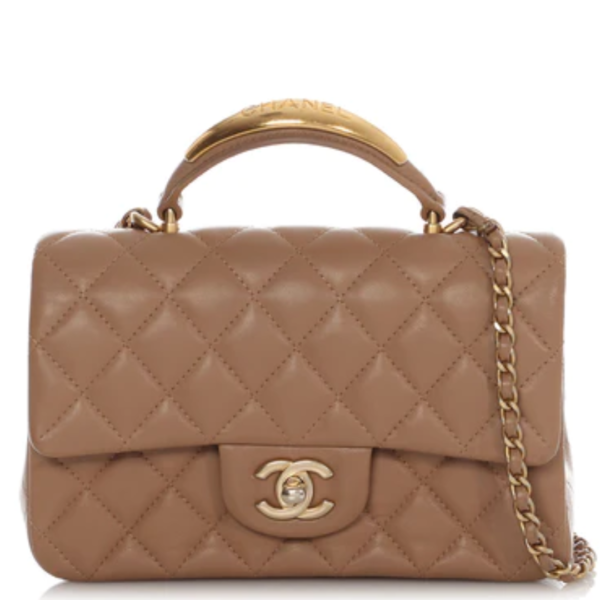
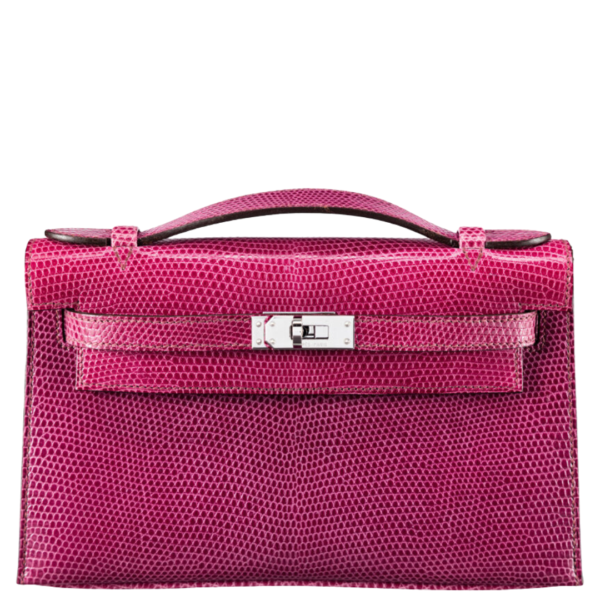
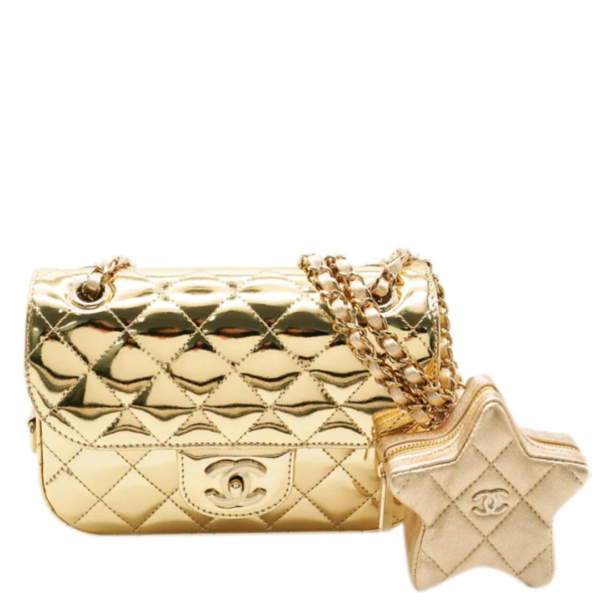

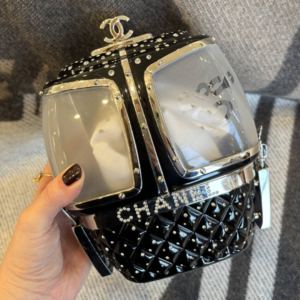
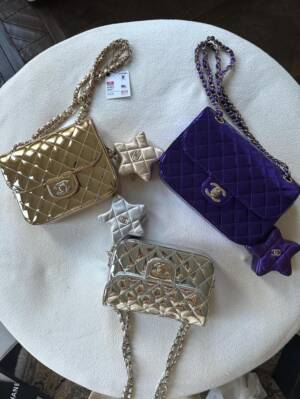
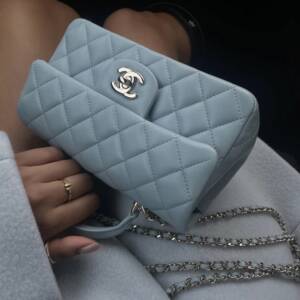
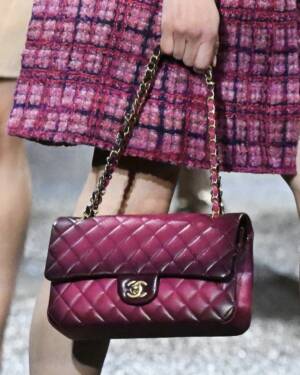




Comments